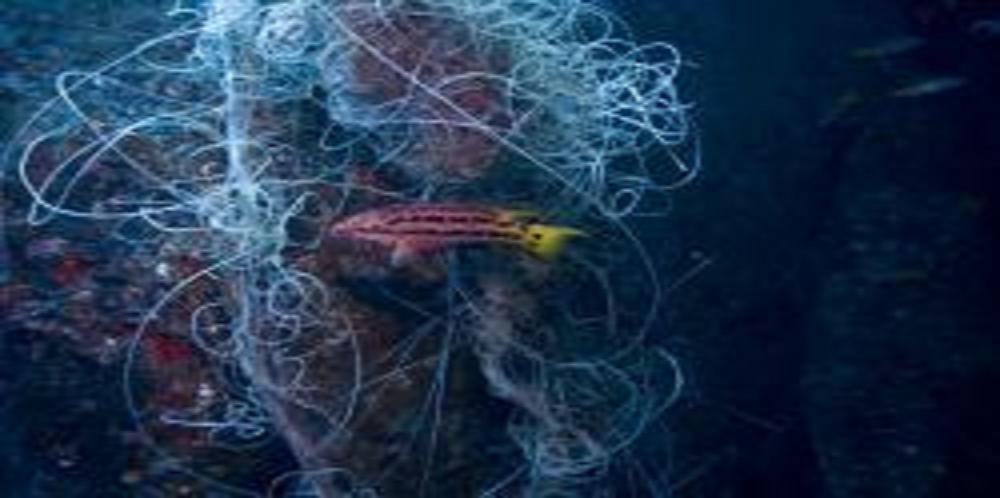Dozens of seabirds, rare whales, dolphins and sea turtles die in swordfish and tuna fisheries during the past three months
So far this year, Hawaii’s longline fisheries have proven to be particularly deadly for vulnerable seabirds as well as other marine life caught as by-catch. According to the National Marine Fisheries Service (NMFS), 25 Black-footed Albatrosses were killed in the last three months between April 1–June 30, 2008. In the entire years of 2005, 2006, or 2007, only 12, 17, and 14 Black-footed Albatross, respectively, were killed in the deep-set longline fishery.
Based on reports from Hawaii’s vessel observer program, longline fisheries may have already caught as many as 3 humpback whales, 7 false killer whales, 3 Pygmy Sperm whales, 3 shortfinned pilot whales, 3 spotted dolphins, 4 Risso’s dophins, 4 leatherback sea turtles, and 3 green sea turtles in 2008. Currently, the deep-set tuna fleet is not required to carry on-board observers on all their vessels—as required in Hawaii’s swordfish fishery—so it is impossible to determine the precise death toll of longlines on Hawaii’s marine wildlife.
The dramatic loss of marine life comes at a time when federal fishery managers plan to expand Hawaii’s longline fishery and while endangered species listing is pending for the Black-Footed Albatross under the Endangered Species Act—in response to a 2003 petition from Sea Turtle Restoration Project. In June, the Western Pacific Fishery Management Council published plans to dramatically expand the swordfish fishery by eliminating limits on fishing effort and increase the allowed capture of loggerhead sea turtles from 17 to 46 loggerheads, an increase of 270%. This proposal would gut two key regulations designed to mitigate the impacts of the swordfish fishery when it was re-opened in 2001.
“Expansion of longline fishing in Hawaii must be denied or delayed,” said Mike Milne of Turtle Island Restoration Network. “If we allow rapid growth, longline fishing will empty our skies of seabirds just like it has stripped our oceans of millions of sea turtles, sharks, and marine mammals over the past decade.”
The Black-footed albatross, Phoebastria nigripes, nests primarily in the Northwestern Hawaiian Islands, home to over 75% of the world’s population. The Black-Footed Albatross is already classified as globally Endangered on the IUCN Red List of Threatened Species. Longline fishing, which uses a line 20-60 miles in length, drowns more than 300,000 seabirds each year. Albatross and other birds dive at the baited hooks as they are deployed, become hooked, and are dragged underwater, where they drown. Scientists estimate that approximately 65,000 nesting pairs of Black-footed Albatrosses survive today.
Black-footed albatross are long-lived birds that mate for life and lay only one egg per year. With a wingspan extending over six feet, the black-footed albatross spends much of its life on the wing, eating fish eggs, squid, and fish from the ocean’s surface. Current studies estimate that longline fishing in the Pacific alone captures more than three millions sharks, tens of thousands of marine mammals, 20,000 sea turtles, and tens of thousands of seabirds each year.




